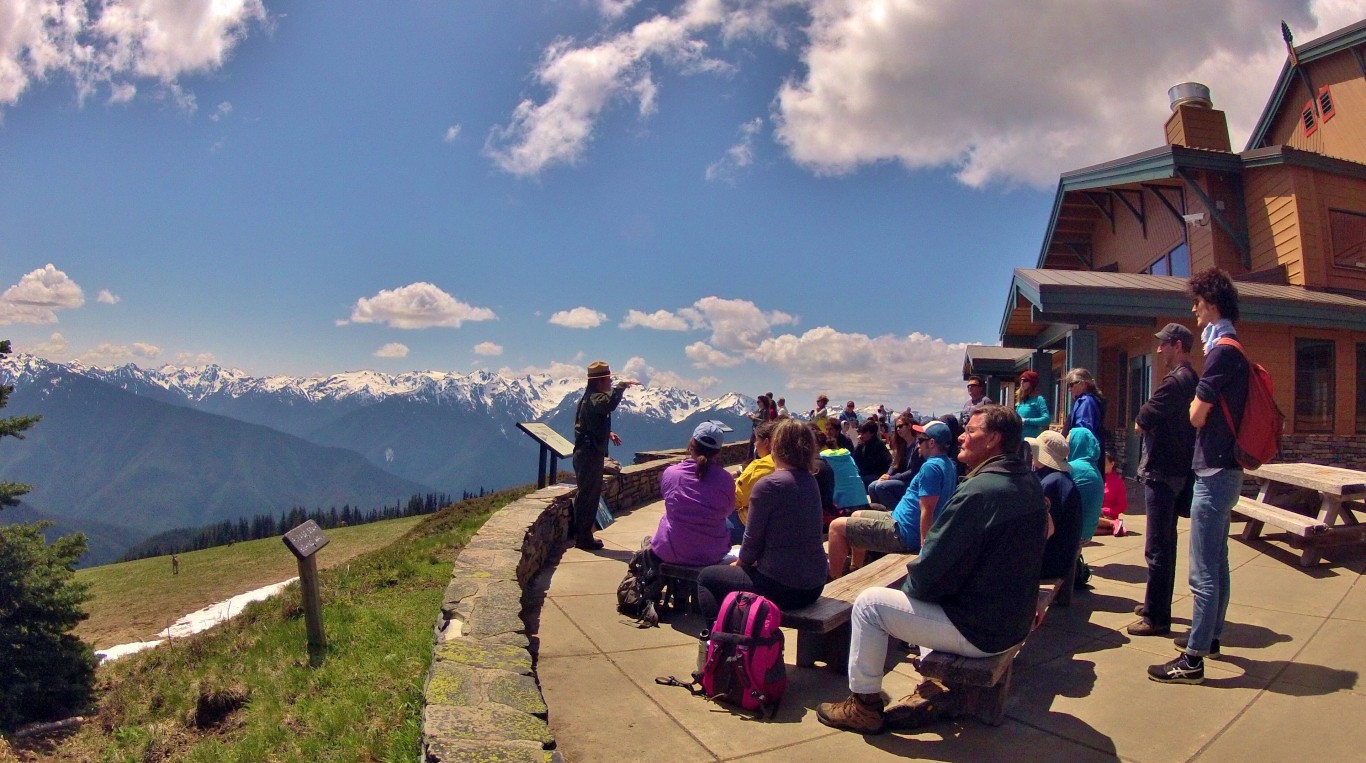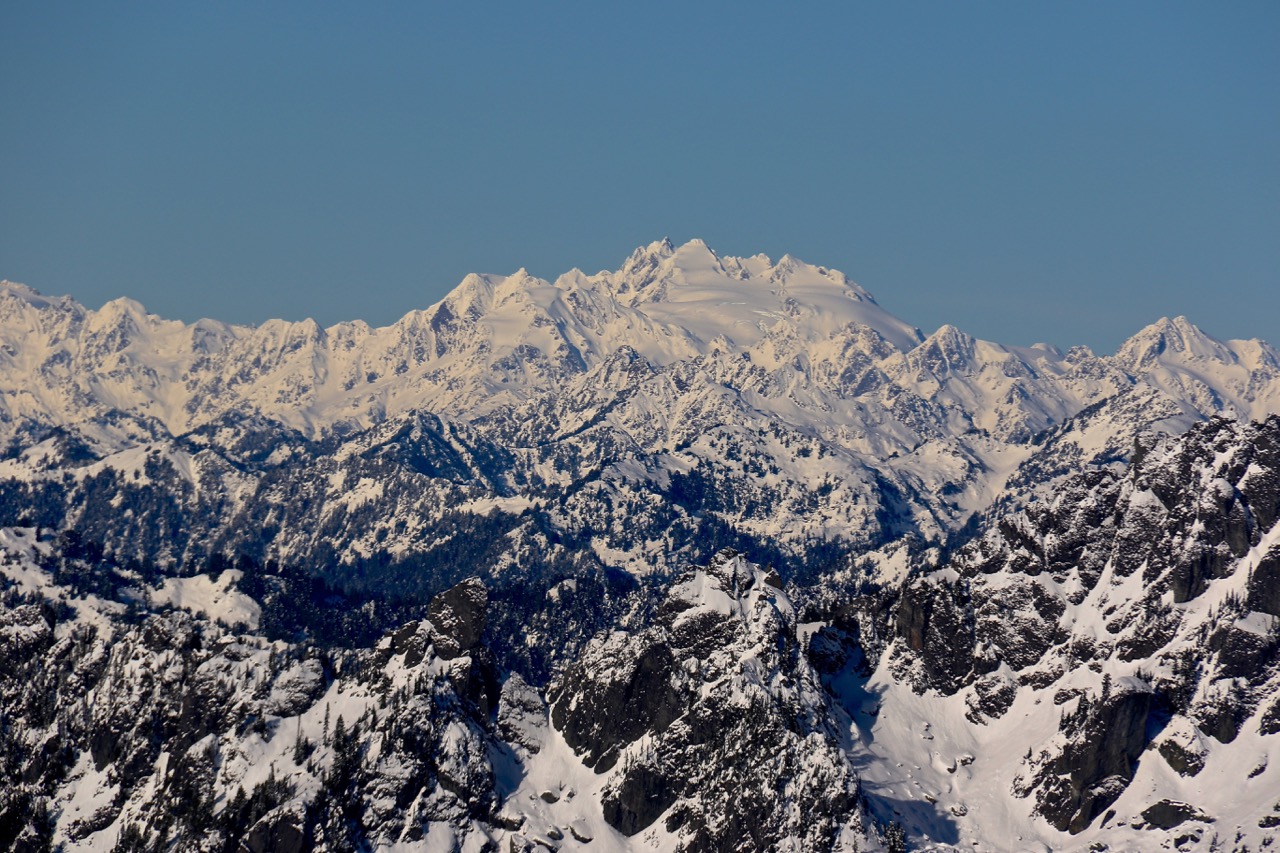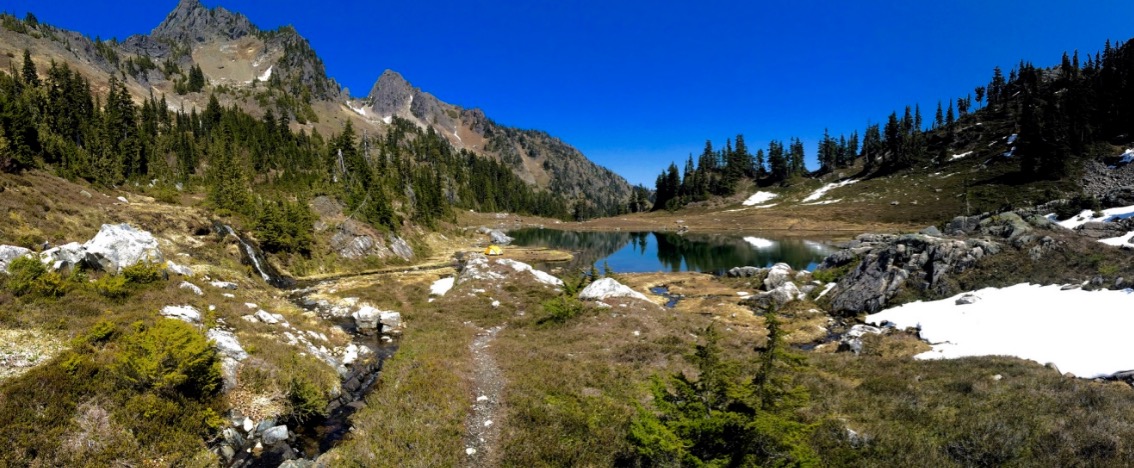The National Park Service is big business in Washington State, bringing in hundreds of millions of dollars in revenue to the towns, cities and counties surrounding America’s protected lands. From the rainforests, wild coastlines and glaciated mountains of Olympic National Park, to the lakes, waterfalls and mountains of North Cascades National Park, and the awe-inspiring hiking and views around Mount Rainier National Park, Washington State gets a huge boost from these natural areas.
Tourism to Washington’s National Parks is estimated to have created over 6,300 jobs and added $379 million dollars to Washington State’s economy, according to a study held by U.S. Geological Survey economists Catherine Cullinane Thomas and Christopher Huber and National Park Service economist Lynne Koontz. Initially conducted in 2012, the numbers for 2013 and 2014 have steadily increased in each of the areas of study.
In 2014, park visitors spent an estimated $459.3 Million in local gateway regions while visiting NPS lands in Washington. These expenditures supported a total of 6.3 Thousand jobs, $213.6 Million in labor income, $379.5 Million in value added, and $615.6 Million in economic output in the Washington economy.
Visitor Spending
In 2014, the cities surround Washington’s National Park’s brought in $459.3 million, with over half going to to hotels which received $141.5 million and restaurants, which brought in $91.4 million. The remaining 49% of income was split between retail ($45m), transportation ($35m) , camping ($14.6m), gas ($56.2m), groceries ($34.8m) and the recreation industry ($40.3m).
Jobs
National Parks are true job creators, sustaining over 6,300 jobs around the State of Washington in 2014, up from 5,300 in 2013 and 5,200 in 2012. Similar to visitor spending, the majority of jobs around National Parks are in the service industry, with 45% of the jobs (2,800) in hotels and restaurants. Another 25% of jobs come from secondary effects, ranging from any job not listed on the directly affected sectors. While just 203 jobs were created from camping, and 201 jobs created from gas and grocery sales, 1,390 were created and maintained for recreation, retail and transportation. With attendance numbers increasing already in 2015, we could see another huge jump in job numbers.
Labor Income
Labor income is the value of a business after paying wages, taxes and needed expenses. In a way, this is profit for the region. From 2013 to 2014, this number jumped from $186.5 million to $213.6 million, a healthy increase of $27.1 million. The majority of this went to secondary effects, but over half went to recreation, hotels and retail.
Value Added
The value added to our region from National Parks is immeasurable from a soul quenching point of view, but in 2014, $379.5 million dollars were added to the local economies of the region, an increase of $31.7 million from 2013. This is the profit our economy benefited from having National Parks in our region. While the actual value added to our region from having National Parks may be more, the economic boost we receive from public lands is huge.
Economic Output
The total economic output for National Park’s in Washington State is an incredible $615.6 million, a $66.6 million increase from 2013. It is easy to see that our parks and protected lands have a huge impact on not just our well-being mentally, but also provide a needed boost to the economy.
What Does It Mean?
Looking locally, the tourism boost to the Olympic Peninsula is huge. In an area once known for logging and fishing, the locals are starting to discover that tourism based industries are not only profitable, but are rewarding. Olympic National Park had 3,243,873 in 2014, spending $ 263,953,300 in communities near the park. That spending supported 3,592 jobs in the local area and had a cumulative benefit to the local economy of $ 365,559,900.
“Olympic welcomes visitors from across the country and around the world,” said Superintendent Sarah Creachbaum. “We are delighted to share the story of this place and the experiences it provides. We also feature the park as a way to introduce our visitors to this part of the country and all that it offers. National park tourism is a significant driver in the national economy, returning $10 for every $1 invested in the National Park Service, and it’s a big factor in our local economy as well. We appreciate the partnership and support of our neighbors and are glad to be able to give back by helping to sustain local communities.”
Why invest in Parks? They provide jobs, a stable economy and an opportunity to connect with the most beautiful lands in the world. We need to keep parks fully funded, and the data above proves just that.








